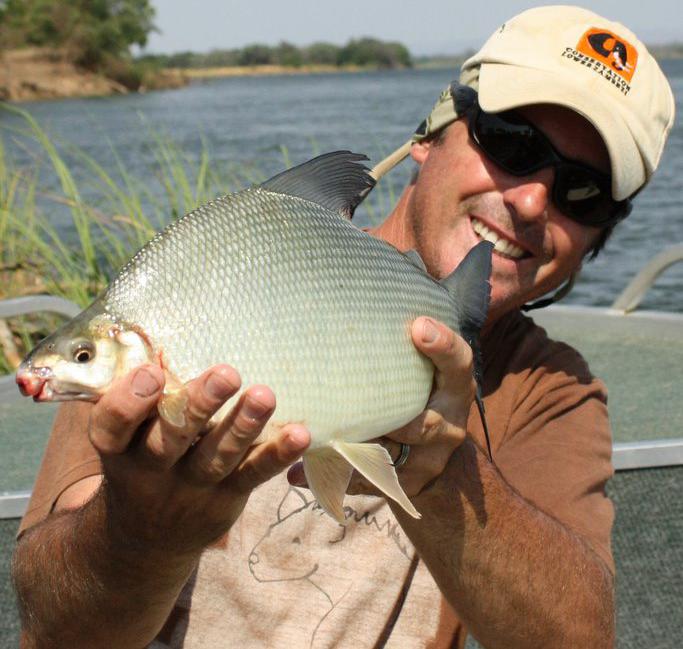Sven M. Vrdoljak
The aim of the project is to develop and test tools to inform fisheries management and conservation in a trans-boundary conservation area, The Zambezi Heartland.
The Zambezi Heartland covers approximately 39 000 ha of the middle Zambezi, comprising a mix of national parks, game management areas (GMA) and open communal areas in one of the world’s finest wildernesses. The Zambezi River and its tributaries are regarded as critical habitat for freshwater fishes in the region, including many socially and economically important species, and other rare and endemic species.

However, along the length of the Zambezi, fish resources are affected anthropogenic processes such as fishing pressure, altered flow regimes, and the disruptive effect on migration by large dams. The tigerfish, Hydrocynus vittatus, one of the most important predatory fishes in the Zambezi, has cultural and economic significance for local fisheries and is one of the most sought after freshwater angling fishes in Africa, supporting a sizable sport fishing and tourism industry. Despite the importance of freshwater fishes in this area, the state of their populations are not well known, nor are the effects of artisanal, commercial and sport fisheries and other anthropogenic impacts on the river.
Addressing these issues requires sound baseline data, as well as coordinated long-term monitoring to implement robust and adaptive management plans. To date there has been little or no concerted effort to monitor fisheries in the Middle Zambezi resulting in a knowledge gap in terms of the area’s fish stocks. The Middle Zambezi is also a prime tourism area with a particular focus on sport fishing. Much of the recreational fishing operates on a catch and release basis, providing an as yet untapped resource for collecting population data on selected fish species. Here we aim to develop a user friendly data collection system for catch and release fishing in the Middle Zambezi, utilising existing fishing effort.
This initial stage of the project will focus on the development and testing of the data capture tools. Initially using Cybertracker as a platform for data collection on handheld devices, the aim is to develop an interface to enable easy, accurate data collection by fishing guides during their daily fishing activities. The data collected will form an important baseline for assessing stocks of a key fish species, and over time can be used to identify areas of concern contributing to informed decision making and ongoing development of fisheries and conservation management plans for the Zambezi Heartland.